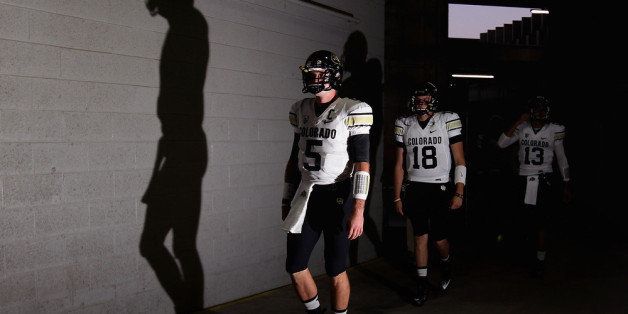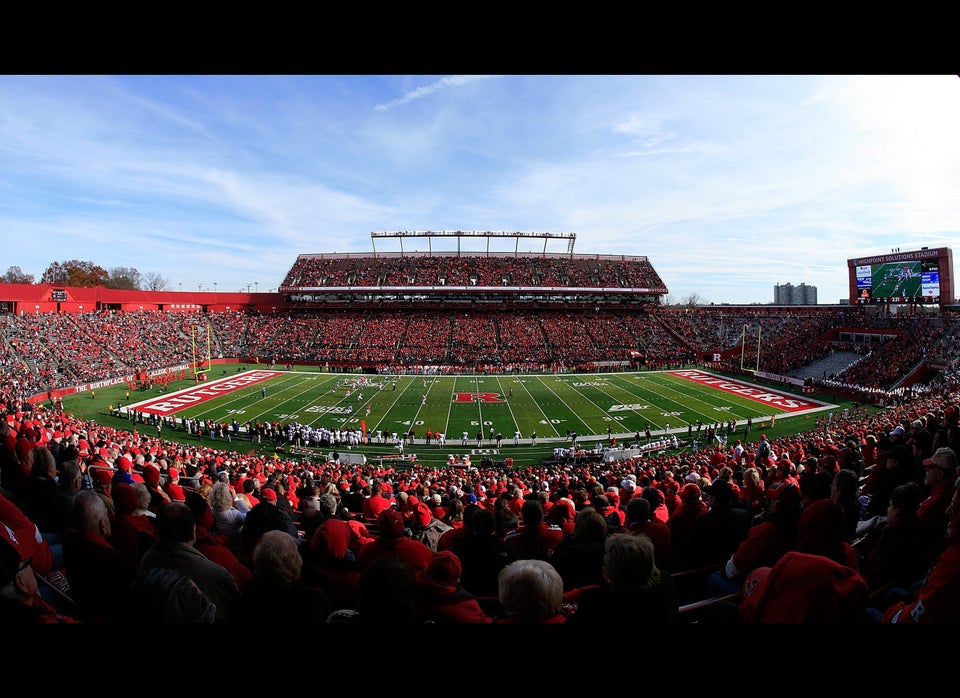
College sports are becoming bigger financial risks for universities throughout the country, according to a report issued Friday from Moody's Investors Service.
A vast majority -- 90 percent -- of college sports programs operate at a loss and require subsidies from the colleges, Moody's noted. Between 2008 and 2012, university subsidies funneled to sports programs increased by a median of 25 percent, according to the report. During roughly the same period, state spending on higher education declined by 28 percent, the Center on Budget and Policy Priorities concluded in March, often resulting in higher tuition.
A USA Today analysis published in July found that only 23 of 228 athletic departments at NCAA Division I public schools earned enough cash to cover their expenses in 2012. Schools spend more on each athlete than they do on each student, Think Progress reported in January, and money for sports teams is more likely to come from school subsidies if the program is not profitable.
Dennis M. Gephardt, Moody's vice president, noted in the report that part of the reason universities spend so much is because they "pursue high-profile sports programs for the opportunity to increase brand recognition, student demand, and donor support."
The growing commercial success of Division I sports is likely to lead to increased spending from universities on their athletic programs, Moody's said, as well as "costly improvements to their athletic facilities" in efforts to join new conferences.
Moody's admitted there are financial benefits to successful sports programs. As the University of Alabama won national football championships in 2009, 2011 and 2012, the school "raised its percentage of first-year students from out of state to 52 percent from 35 percent in just three years," Moody's said. Those non-resident students often pay a much higher tuition rate.
Many students and taxpayers have expressed concerns that public universities are crowding out state residents. And lawsuits attempting to get players a cut of lucrative TV contracts and other commercialization opportunities, along with potential litigation over football head injuries, have the potential to become significant risks for schools, Moody's said.
"As the commercial success of big-time college sports has grown," Gephardt said in the report, "so too have the potential risks to universities."

